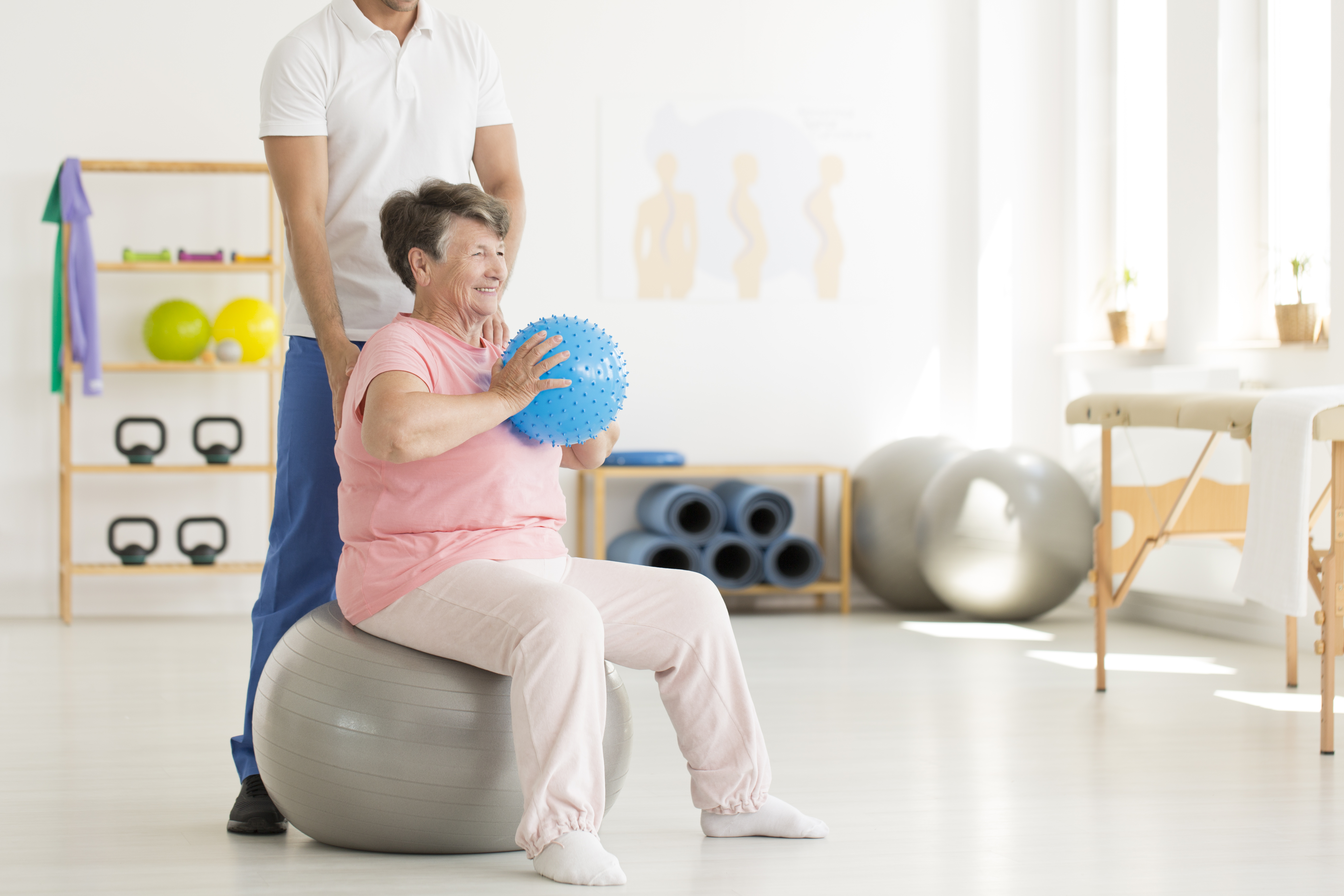7 Min Read
10 Exercises for People with Parkinson’s Disease

For people with Parkinson’s disease (PD), exercise is a vital component to maintaining balance, mobility, and daily living activities. Research has shown that exercise can improve gait, balance, flexibility, grip strength, motor coordination, and reduce tremors. The types of exercise you choose will depend on the severity of the disease and your overall health. According to the Parkinson’s Disease Clinic and Research Center, the exercises should be varied and incorporate changing directions through unplanned movement, cardiovascular exercise, balance, strength training, and rhythmic exercises. Each exercise listed below has several health benefits, but each comes with its own risk, especially for people with severe Parkinson’s disease. Before participating in any of these exercises, consult your doctor to ensure there are no health risks involved.
Walking, Hiking, and Jogging
Moving outdoors on different terrain helps with lower-body flexibility and improves stamina, which can lead to better blood flow and mental clarity.
Racket Sports
Sports like badminton and ping pong are low-impact exercises that can help with hand-eye coordination, focus, and reaction time.
Yoga or Tai Chi
Participating in organized classes like yoga and Tai Chi help to alleviate stress, increase flexibility, and decrease tremors.
Outdoor Cycling
Similar to walking and jogging, cycling helps increase blood flow, improves lung capacity, and strengthens core and lower-body muscles.
Dancing
Dancing, especially with a partner, can help to improve balance and coordination while also providing additional social time with others.
Aerobic Classes
Participating in fast-paced, repetitive-action classes helps to improve brain function and memory as you’re recalling the correct order of exercises as well as improving stamina and coordination.
Swimming
Swimming using different strokes is a great low-impact exercise that improves flexibility and uses several different muscle groups.
Weightlifting
Weightlifting, or using light-weight dumbbells and exercise machines, helps to improve strength, flexibility, and bone density by targeting different muscle groups in the body.
Hand-Eye Coordination Exercises
Activities like tossing and catching a ball improve fine motor skills, which can help decrease tremors and other motor symptoms.
Stretching
Stretching is not only important to do before and after exercises to help prevent injury, but it’s also a great activity on its own to increase flexibility, sooth aches and pains, and decrease the chance of falling.
Check out this post on understanding Parkinson’s disease, how to spot early signs of it, and how to determine the appropriate level of care for you or your loved ones.
Tips for Getting Started
There’s no one exercise that’s right for every person with PD. The type of exercise best for you depends on your symptoms and challenges. For sedentary people, just getting up and moving is beneficial. More active people can build up to regular, vigorous activity. Many approaches work well to help maintain and improve mobility, flexibility, and balance, and to ease PD symptoms such as depression or constipation.
- First, be safe and find a partner. Participating in the activities listed above have several benefits for people with PD, but also puts them at risk of injury. Always exercise with a partner to prevent a potentially life-threatening situation.
- Make a list of activities you want to participate in and see if there are available classes or groups to join. Exercising should be fun, so choose exercises you can repeat without losing interest.
- Set goals for yourself, such as walking five miles a week, exercise three times a week, etc.
- Choose more than one type of activity to participate in to maintain momentum. Alternating exercise types can help improve different muscle groups, too.

0 Comments